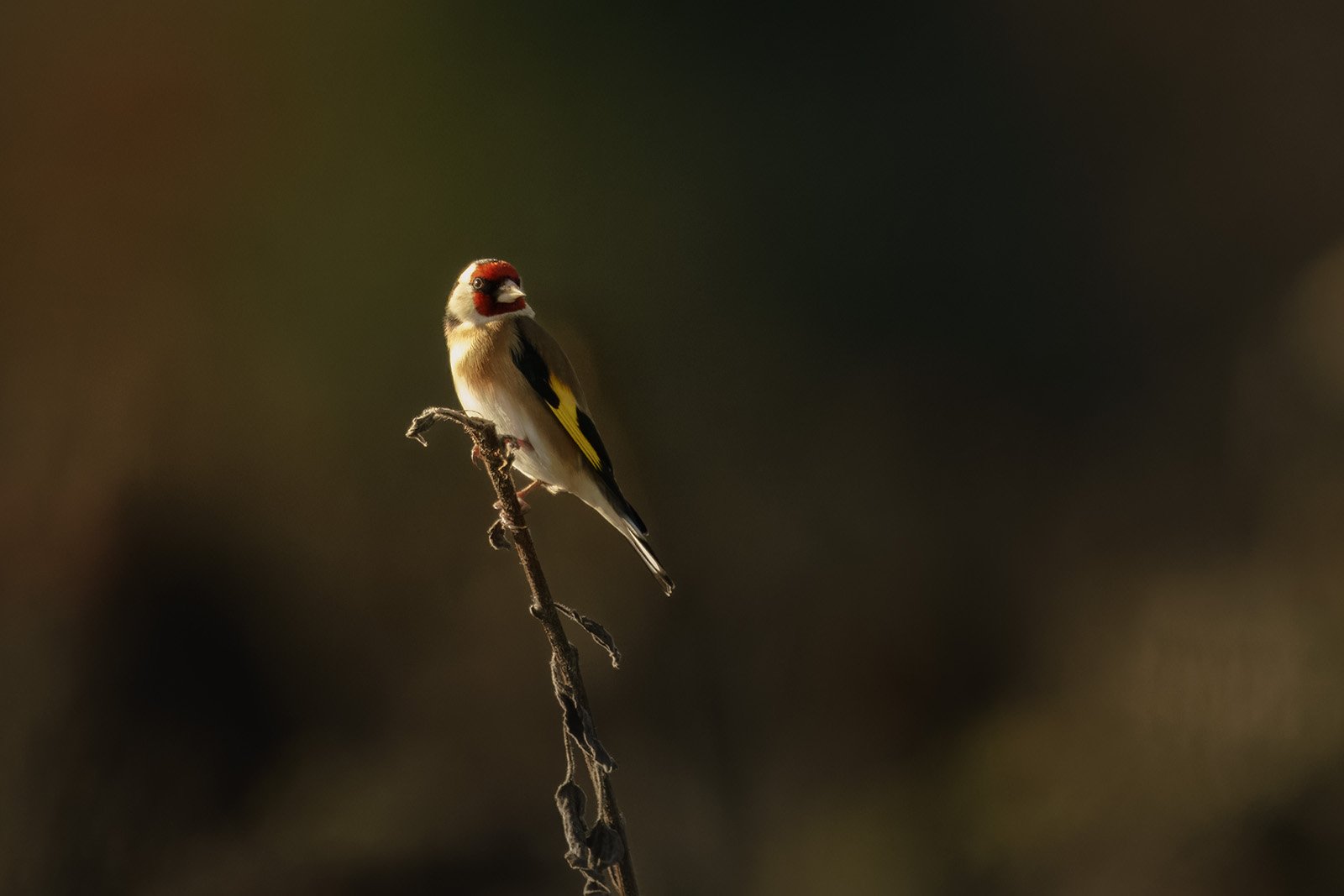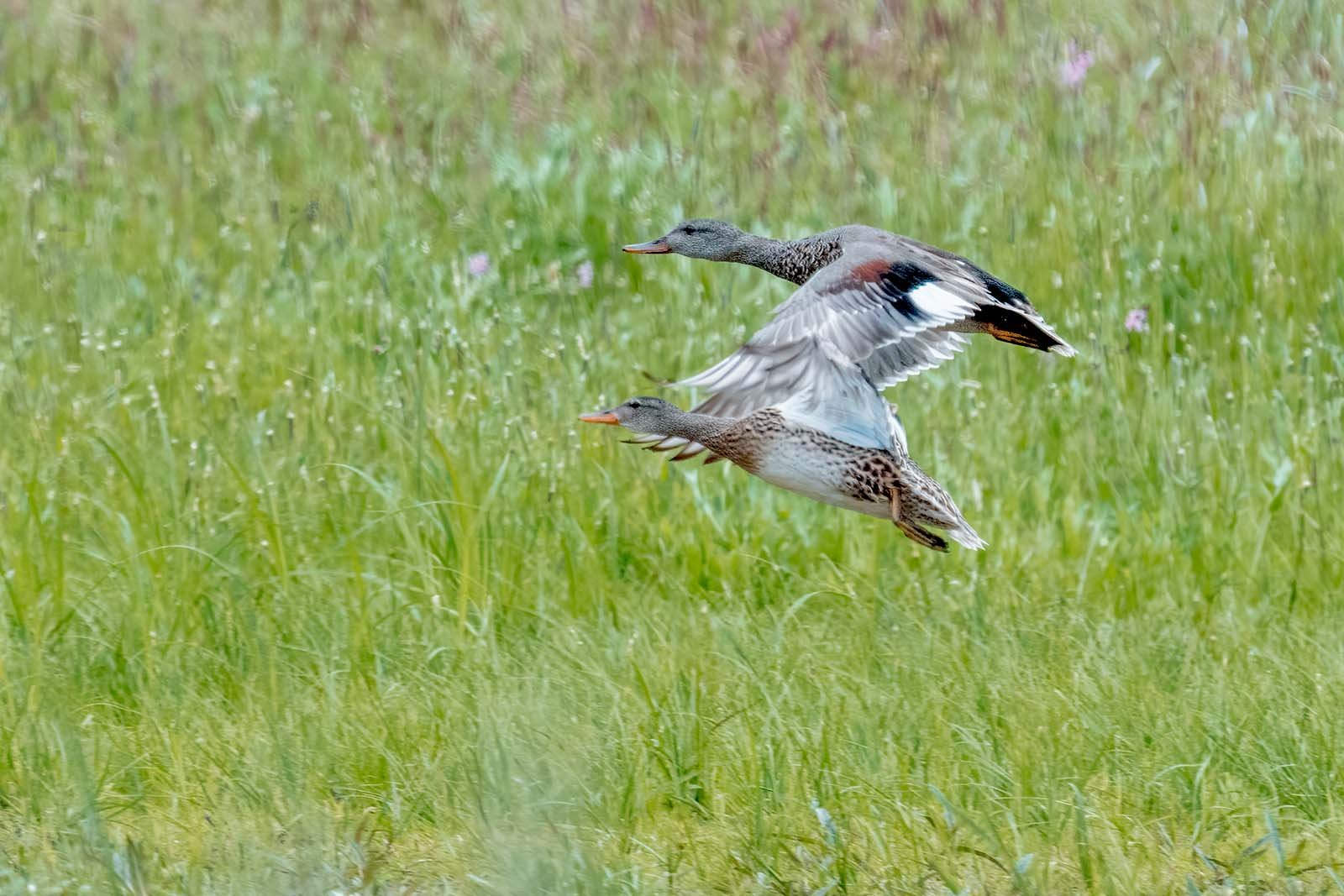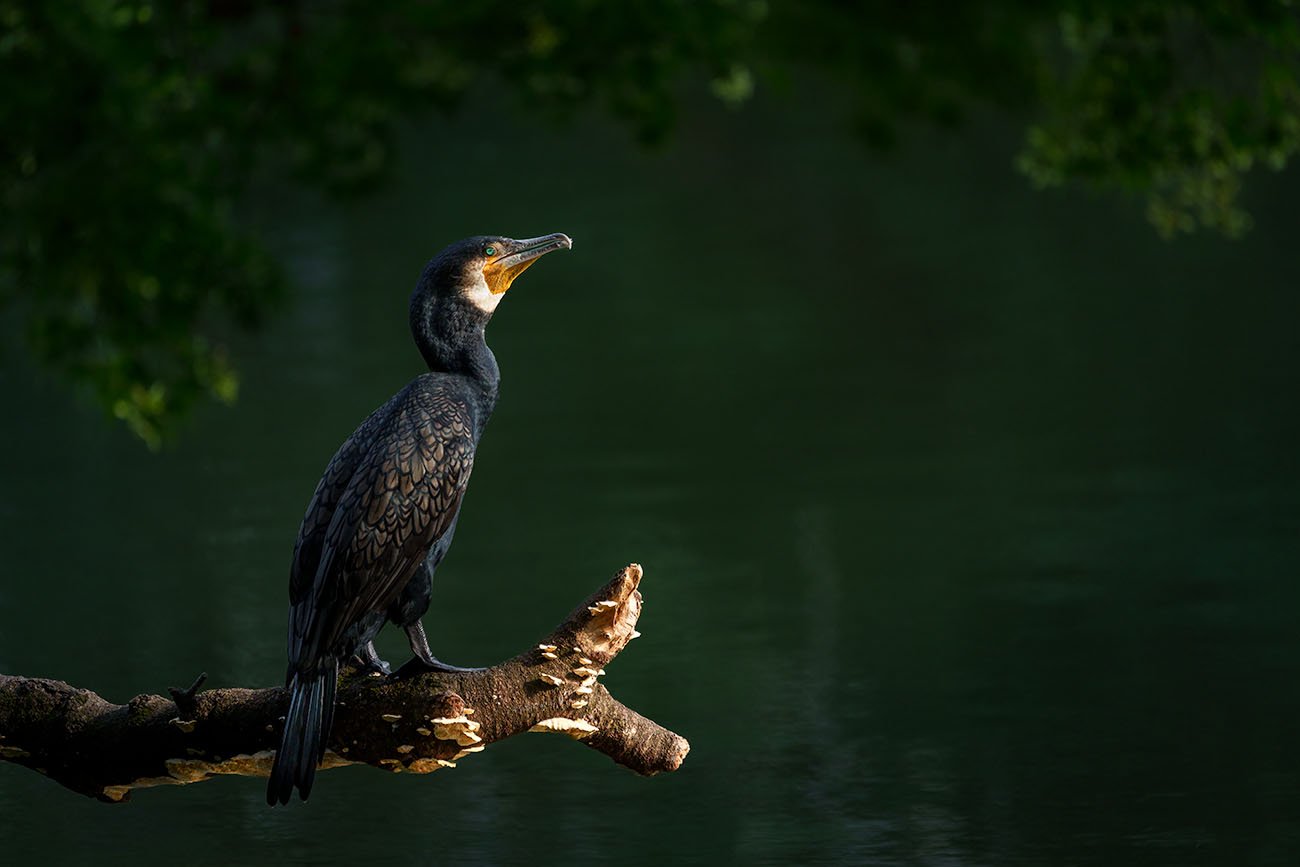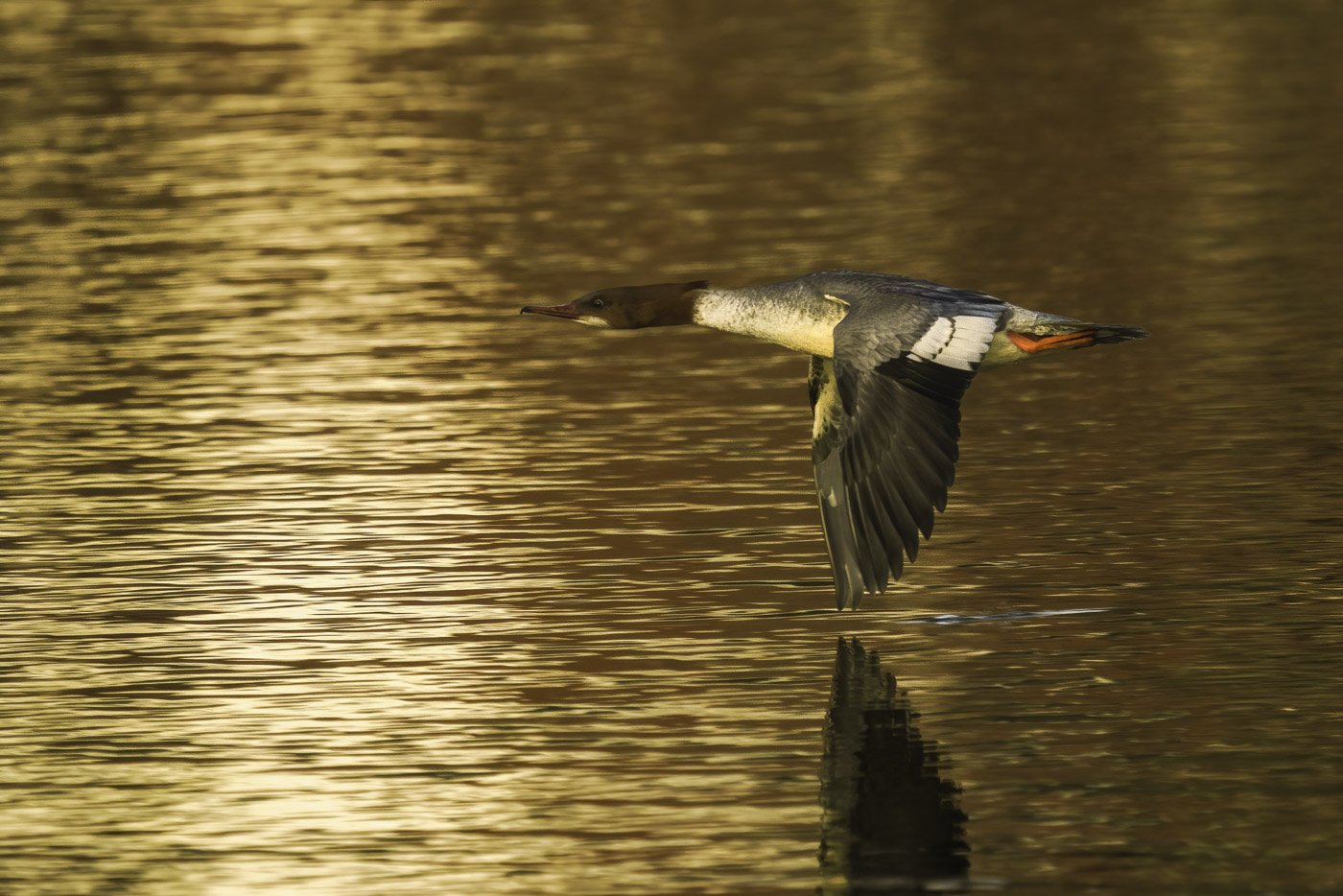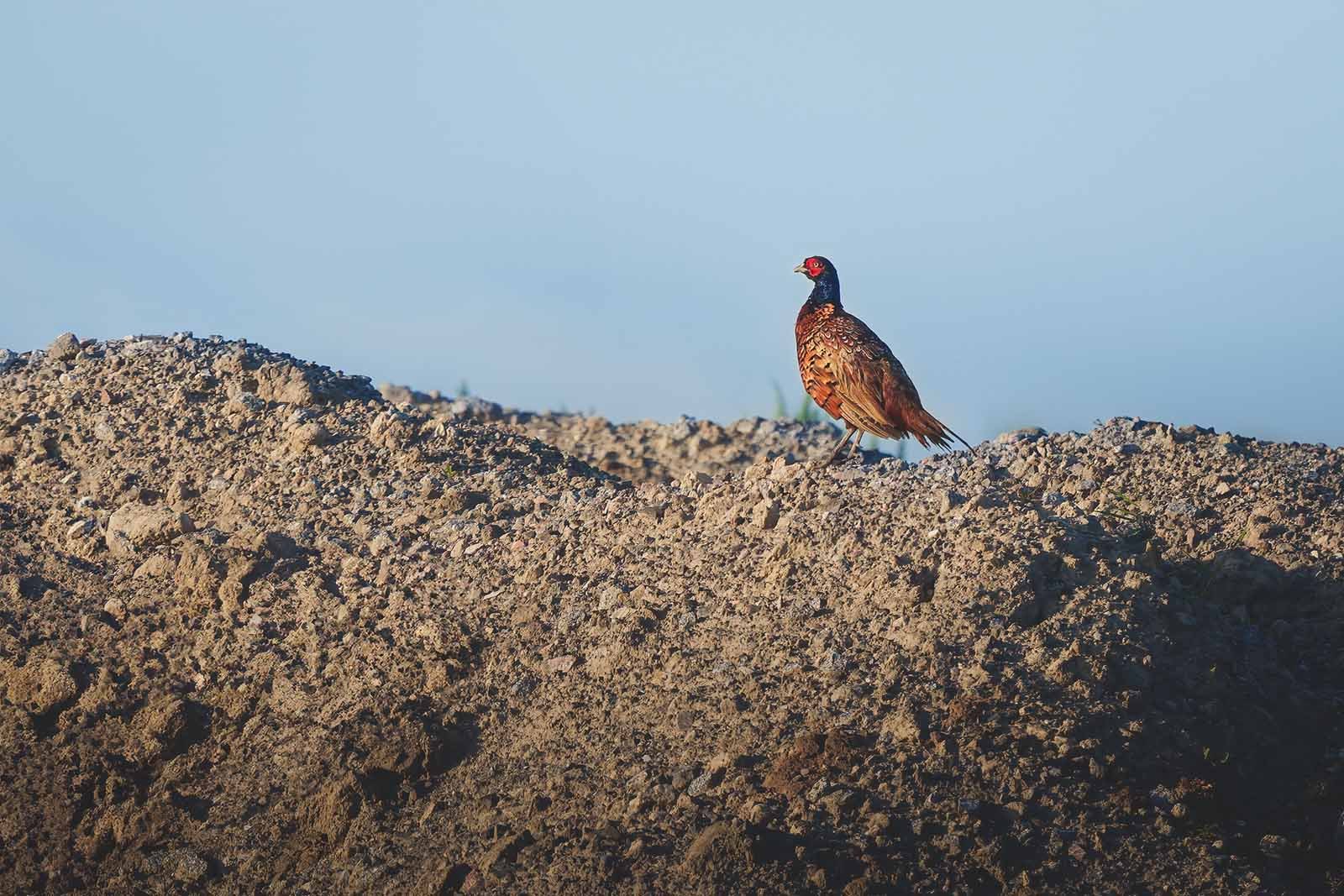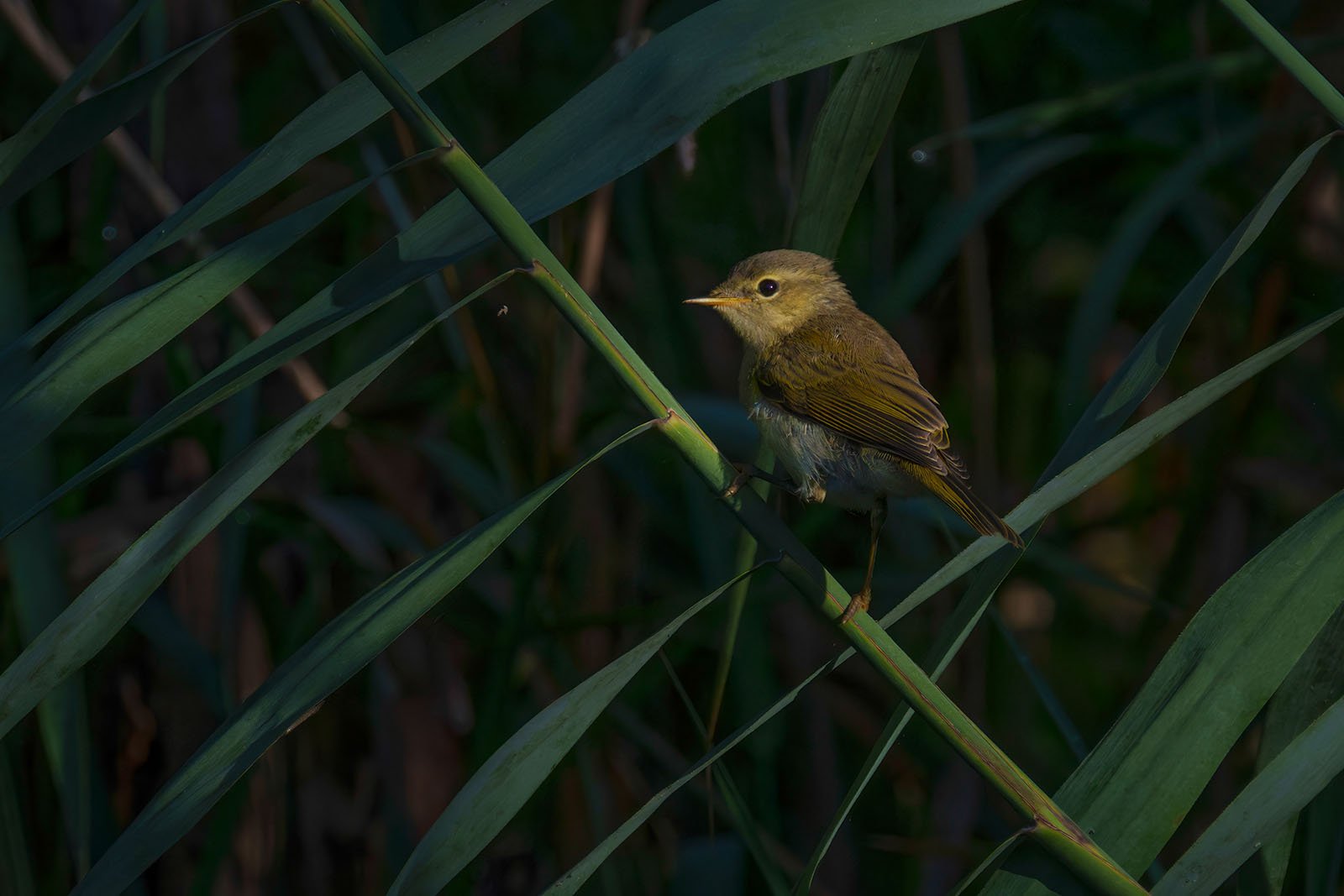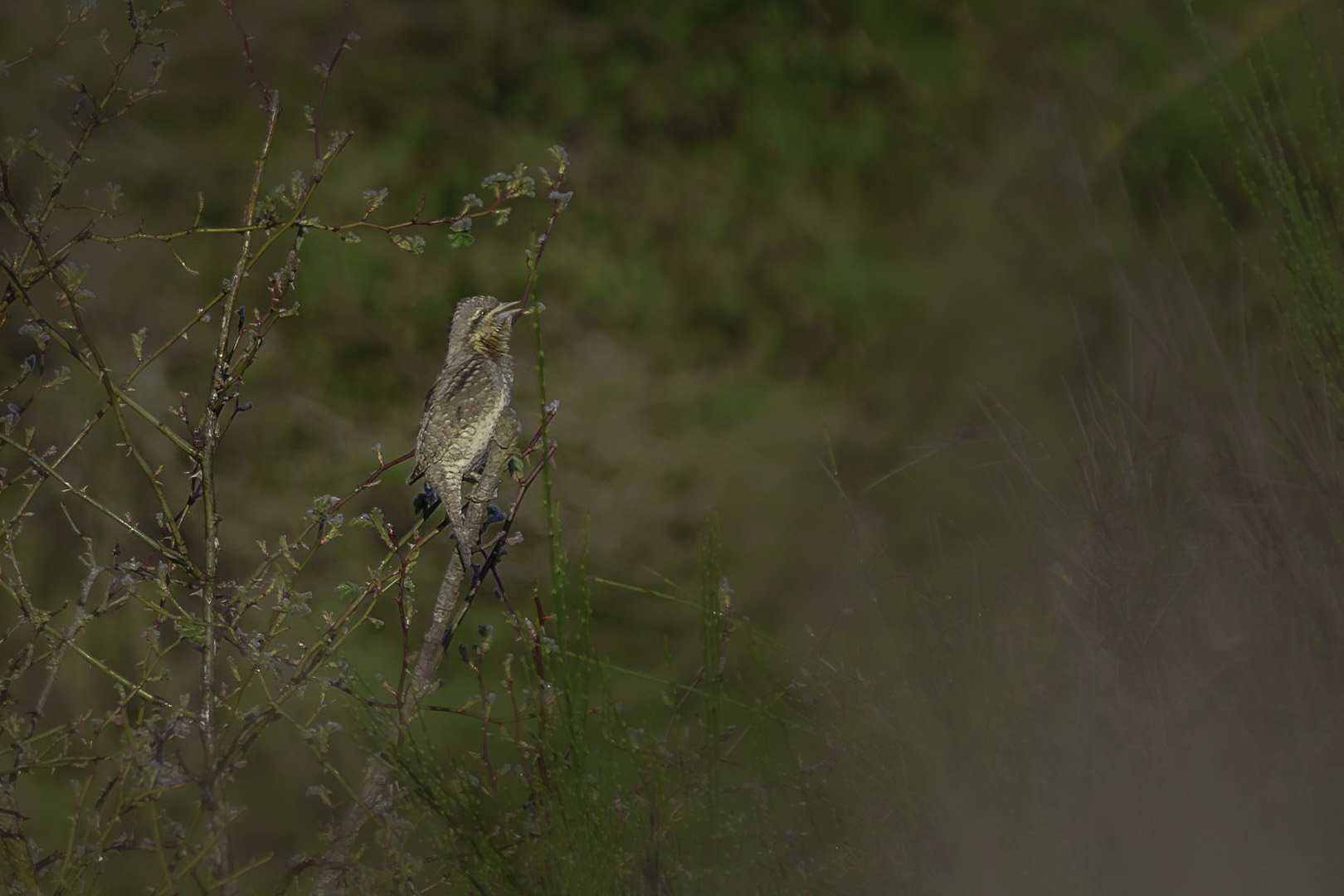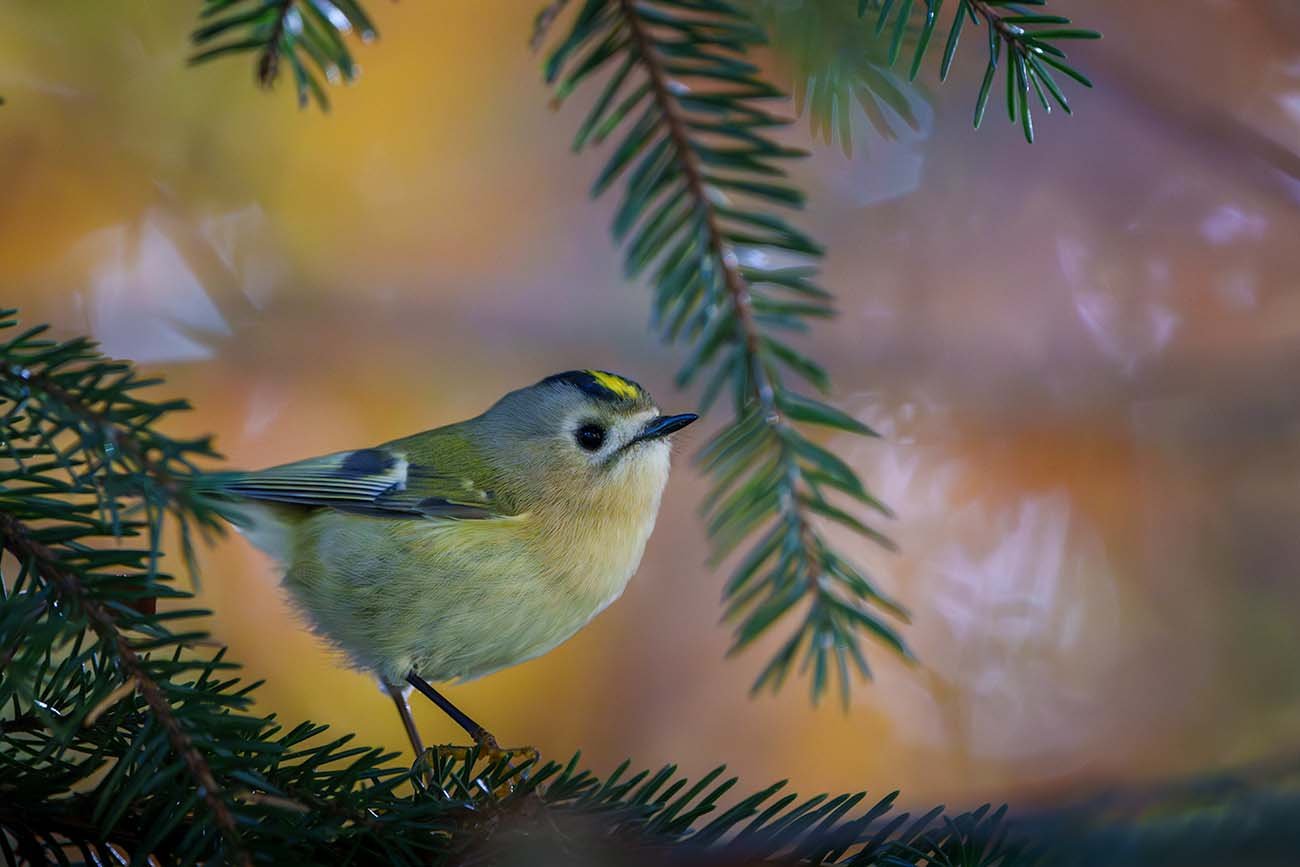European bee-eater (Merops apiaster)
European bee-eater (Merops apiaster) male and female – photo taken in Germany
Key Facts:
Size: 25 - 29 cm
Weight: 50 - 70 g
Diet: Insects, mainly bees, wasps, and bumblebees
Season: Summer (in Germany from May to September)
Distribution: Europe, Asia, and North Africa; in Germany primarily along the Upper Rhine and in warmer regions such as Rheinhessen and the Palatinate.
Photography Tips
Lens: from 600 mm
Difficulty: difficult
Distribution and Habitat of the European Bee-eater (Merops apiaster)
The European bee-eater (Merops apiaster) is predominantly found in the southern and central regions of Europe, in North and South Africa, and in the western parts of Asia. This bird species is highly migratory but overwinters in the tropical regions of Africa, while the populations in South Africa are resident throughout the year. They prefer open landscapes such as forests, river valleys, meadows, and plains, as well as cultivated areas with scattered trees. In Africa, bee-eaters also inhabit savannas near lakes and cultivated lands. In Germany, it is also a breeding bird that regularly visits.
Diet of the Colorful Birds Breeding in Germany
Bee-eaters primarily feed on flying insects, including bees, wasps, and hornets. Their hunting method is particularly effective: they catch insects during spectacular flight maneuvers and often smash them against hard surfaces to remove dangerous parts like stingers before consuming their prey. This feeding method plays an important ecological role as it helps regulate insect populations, particularly those of potentially harmful bees in some regions.
Reproduction
Bee-eaters breed colonially and prefer to nest in sand or clay banks near riverbanks. The breeding season usually starts in May. Both sexes participate in raising the young. They dig long, tunnel-like nesting burrows where the female lays between five and eight eggs. The incubation period lasts about three weeks. After hatching, both parents feed the chicks until they are fledged and join other young birds to prepare for migration.
Social Behavior of the European Bee-eater (Merops apiaster)
Bee-eaters are known for their pronounced social behaviors, vibrant communities, and complex mating rituals, which contribute not only to reproduction but also to strengthening pair bonds.







